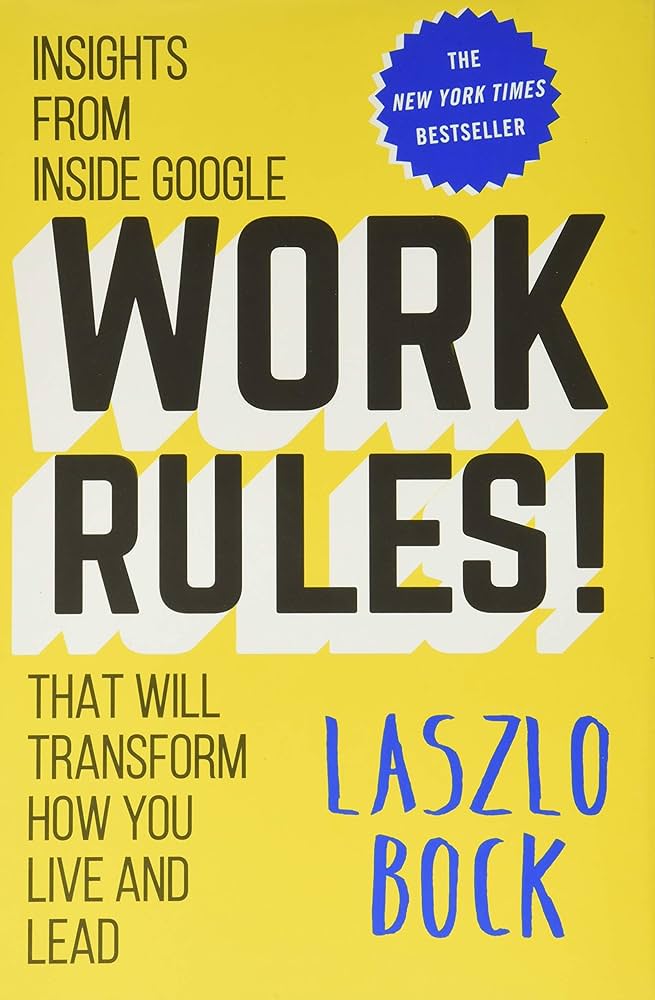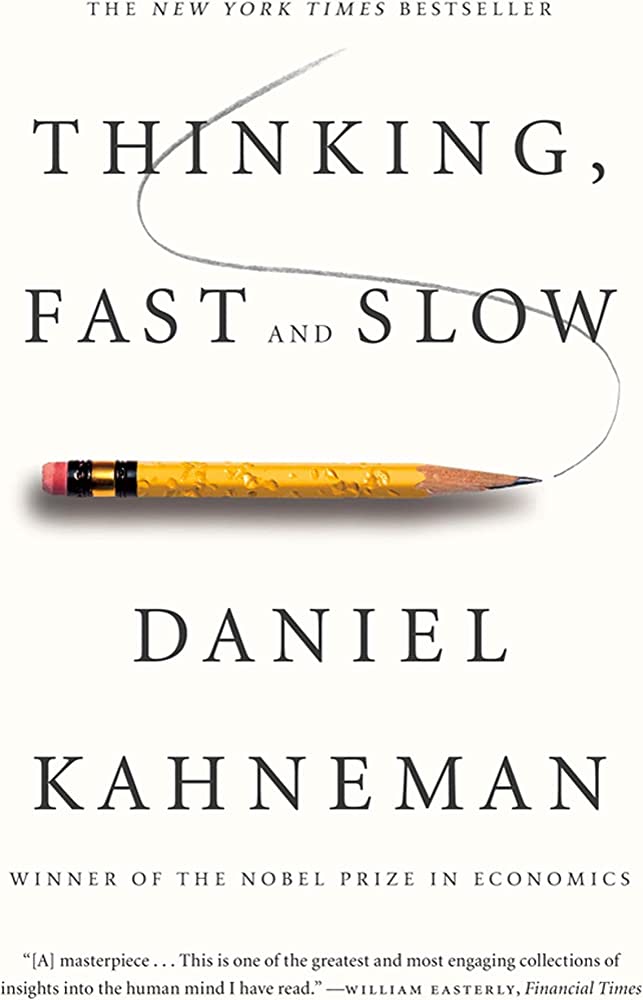Bank 3.0: Why Banking is No Longer Somewhere You Go, But Something You Do
RATING


This is an updated edition of Bank 3.0, from the author who addresses the disruptive forces threatening the banking world. In his previous edition, written during the aftermath of the financial crisis, the author focused on the three main disruptive forces affecting the industry – the arrival of the Internet, the emergence of the smart/app phone and the move to mobile payments. The author again argues that banks have failed to understand these changes and their very existence is at risk, with non – bank challengers such as PayPal and Square challen ging the traditional branch or physical presence model of banking.
As with the previous edition, this is one of few books which attempts to address the importance of customer experience and disruptive change specifically to the banking sector. The author does a good job at explaining all of the new technology and channels impacting the industry. He also begins with an overview on the importance of customer experience, invoking Maslow’s hierarchy of needs, Moore’s Law, and the increasing rate of adoption of new technologies, from the computer to Facebook. He addresses four main phases of behavioral disruption: the arrival of the Internet, emergence of the smart device, the move to mobile payments, and the transformation of banking to something we do, as opposed to somewhere we go. Acknowledging the importance of channels, he stresses that the bank must become “channel agnostic,” eliminating silos, as the consumer does not use products or channels in isolation.
The author argues that the 3rd phase of disruptions, the move to mobile payments on a broad scale, will result in “a fracturing of the commercial banking business as we know it today.” As a result, the emergence of the “de-banked” consumer will transform and threaten banking as we know it. He believes “the consumer experience is no longer the domain of the branch, it is the domain of the brand,” which we believe is a misunderstanding of the customer experience. He goes on to explain in Bank 3.0 that “the shift is towards real-time engagement of customers when and where they need a solution,” stressing the importance of usability and cross-sell to win customers, rather than putting the customer relationship at the center of focus. Social media is viewed as all-powerful in this context, going as far as to attempt to use the “occupy” (Wall St.) movement as an example for using social media and crowd sourcing as a mechanism for designing new products that are “immediately advocated by customers.” The book also criticizes banks for focusing on “life events” as “key moments of truth,” stating that these events (marriage, move, new job, new child) are infrequent and “the reason customer engagement is low in general.” For this reason, he feels banks need to address” the customer experience of money for everyday individuals,” similar to Amazon’s model.
One cannot help but get the feeling that the author is proposing social media as the next model for banks to succeed in staving off the forces of extinction. The risk in this focus is similar to that in utilizing CRM technology as a panacea at the expense of further commoditizing the business by only responding to customers’ transactions at hand or past behavior. We believe that the banks will still possess the power to add value in the lives of their customers, if they focus on the customer relationship as opposed to just channels for serving them or trying to anticipate everyday transactions. Despite their slow response to industry trends, we still believe that banks will be the ultimate holder of the customer (banking) relationship.
The first edition of BANK 2.0—#1 on Amazon’s bestseller list for banking and finance in the US, UK, Germany, France, and Japan for over 18 months—took the financial world by storm and became synonymous with disruptive customer behaviour, technology shift, and new banking models.
In BANK 3.0, Brett King brings the story up to date with the latest trends redefining financial services and payments—from the global scramble for dominance of the mobile wallet and the expectations created by tablet computing to the operationalising of the cloud, the explosion of social media, and the rise of the de-banked consumer, who doesn’t need a bank at all.
BANK 3.0 shows that the gap between customers and financial services players is rapidly widening, leaving massive opportunities for new, non-bank competitors to totally disrupt the industry.
This is a comprehensive book (or even textbook) for understanding and, to some extent, evaluating where your bank stands in meeting the future of financial services. Bank practitioners will enjoy the numerous diagrams illustrations, checklists and examples of project roadmaps. Consultants will find this to be essential reading for measuring bank preparedness for the technological changes at hand. For more on this subject, see the Senteo reviews for Bank 2.0 and Infinite Possibility.

This book provides a good overview in theory and trends affecting the banking industry and distribution, while also devoting some analysis on tactical application and implementation.
See content on this topic

Sales training for front line along with basic development and coaching principles for line management.
Understanding branding and communications from the standpoint of emotional engagement and building relevant and meaningful dialogue with customers.
This course covers a complete view of customer touch points (both physical and virtual) and a unique model for standardizing and managing customer contact models across channels including approaches for customer feedback, quality management, and migration.
Understand how the innovation process changes moving from functionality and channel design to a process focused on creating value for customers.
Experiential Branding & Communications – Improving Brand Integration Through Emotional Engagement.
This course covers a complete view of customer touch points (both physical and virtual) and a unique model for standardizing and managing customer contact models across channels.
Understand the value of a customer-oriented analytics package and how behavioral scenarios can be used to improve profitability through influencing behavior and usage.
To understand the principles of game dynamics and learn how to effectively use the elements of gamification in business: to involve customers, employees and contractors in the process.
Understanding branding and communications from the standpoint of emotional engagement and building relevant and meaningful dialogue with customers.
This course covers a complete view of customer touch points (both physical and virtual) and a unique model for standardizing and managing customer contact models across channels including approaches for customer feedback, quality management, and migration.
Experiential Branding & Communications – Improving Brand Integration Through Emotional Engagement.
This course covers a complete view of customer touch points (both physical and virtual) and a unique model for standardizing and managing customer contact models across channels.
Understanding how leaders must evolve with relation to the evolution of business models, new management models, and the significant changes to the workforce with Digital Natives now making up more than 50% of the workforce globally.
Understand how to manage both internal and external digital transformation while considering the landscape for digital business models and the effect on traditional business models. Understanding organizational readiness for transformation and the role of corporate culture in managing transformations.
The changes in consumer behavior, employee behavior, and the evolution of business models in the digital age cause significant difficulties and imperatives for leaders who must develop new skills and evolve their leadership styles to be effective in this fast changing, challenging, and competitive environment.
Understanding how to design & manage change/transformation programs in organizations of different sizes. This course will help any size team or organization to better deal with change & transformation on any scale.




 Copy Link
Copy Link
 E-mail
E-mail
 LinkedIn
LinkedIn
 Facebook
Facebook
 Telegram
Telegram
 WhatsApp
WhatsApp















 Go Back
Go Back
Leave a Reply
You must be logged in to post a comment.